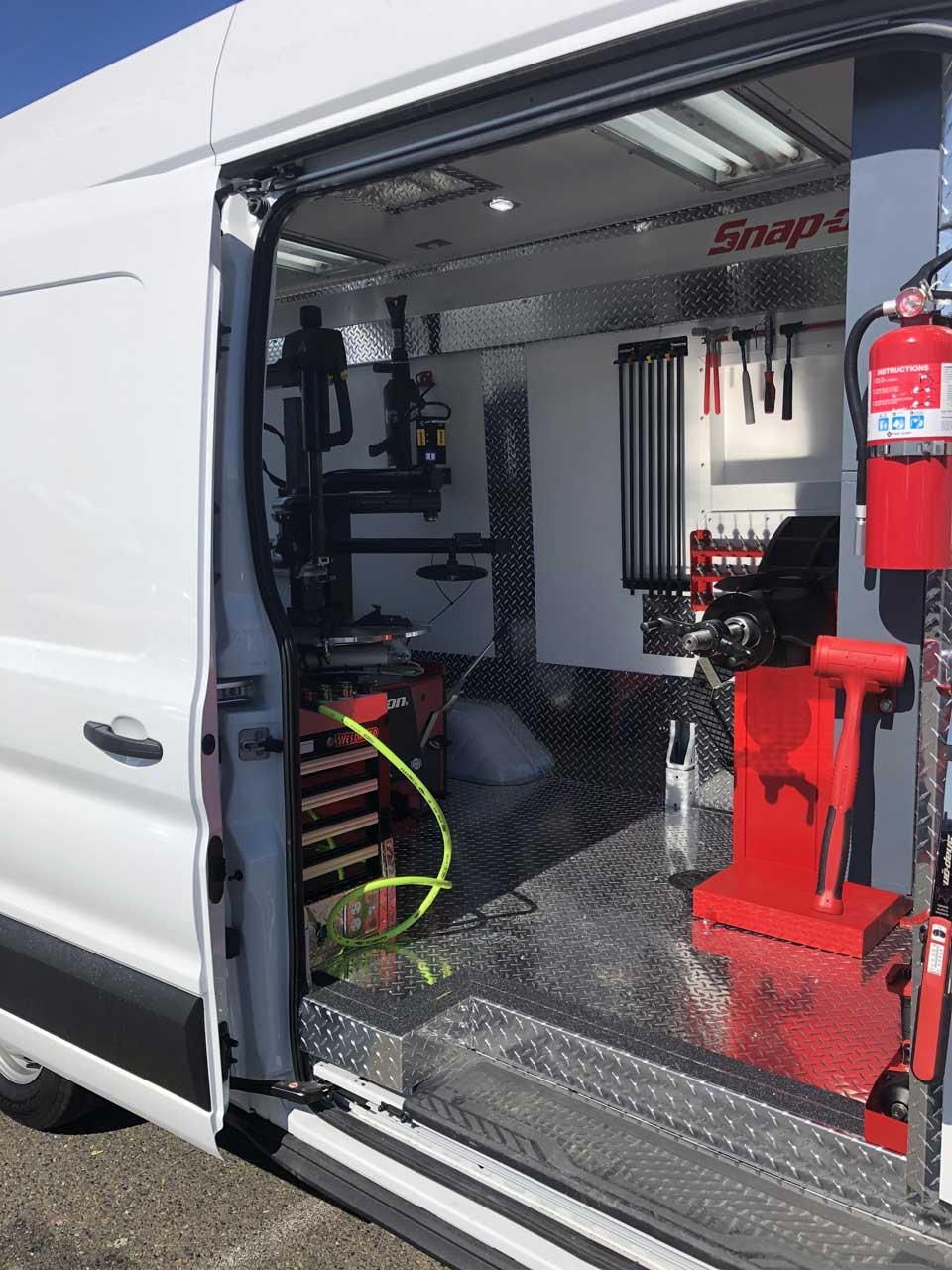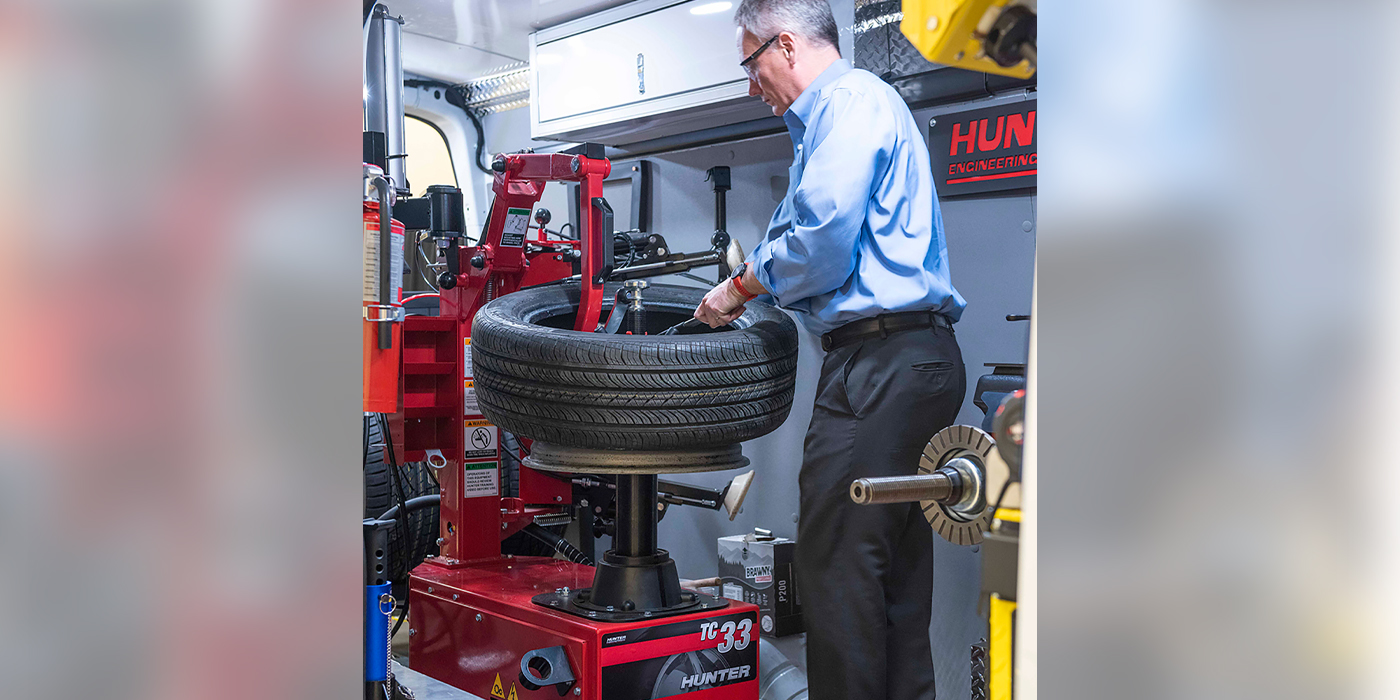Convenient Mobile Tire Service in Las Vegas at Your Doorstep
Convenient Mobile Tire Service in Las Vegas at Your Doorstep
Blog Article
Tire Service: Proven Approaches for Ideal Tire Upkeep and Care
From making sure correct tire stress to regular rotation and positioning, there are tested approaches that can significantly extend the life expectancy of your tires and boost total driving experience. Let's delve into the world of tire service and find the tricks to maintaining your tires in excellent shape for the long haul - Mobile Tire Service Las Vegas.
Value of Tire Stress
Appropriate tire stress advertises far better fuel effectiveness, as under-inflated tires can lead to raised rolling resistance, causing the engine to work tougher and consume more fuel. Right tire stress guarantees even walk wear, boosting tire long life and saving money in the long run by delaying the requirement for early substitutes. On a regular basis checking and adjusting tire stress, specifically before long journeys, is an easy yet efficient way to improve automobile efficiency, expand tire life-span, and focus on safety and security on the roadway.
Tire Turning Guidelines
When thinking about tire rotation guidelines, it is important to understand the importance of this maintenance task in making the most of tire life expectancy and preserving ideal car performance. Tire turning entails altering the setting of each tire on an automobile to make sure even tread wear. Front tires tend to put on quicker than back tires as a result of guiding forces, making regular turning essential for well balanced wear patterns. The recommended turning pattern varies depending on whether a car is front-wheel, rear-wheel, all-wheel, or four-wheel drive. Usually, tires ought to be rotated every 5,000 to 7,500 miles, or as advised in the lorry handbook. Overlooking tire rotation can lead to uneven wear, influencing handling, traction, and possibly compromising car security. By adhering to appropriate turning guidelines, motorists can expand the life of their tires, improve fuel effectiveness, and boost general driving experience. Routine turning is a straightforward yet reliable maintenance practice that adds dramatically to tire durability and vehicle performance.

Advantages of Wheel Alignment
Making sure correct wheel alignment after tire rotation is important for keeping well balanced wear patterns and making the most of lorry performance. Wheel positioning refers to the modification of the angles of the wheels to the maker's requirements. Among the key benefits of wheel alignment is improved guiding and taking care of feedback. When the wheels are properly aligned, it reduces steering effort, ensuring a smoother and more controlled driving experience. Additionally, correct wheel alignment helps to extend the life-span of your tires. Misaligned wheels can cause unequal tire wear, leading to premature tire replacement and enhanced upkeep prices.

Tire Tread Depth Inspect
Executing a regular evaluation of tire walk deepness is essential for maintaining risk-free driving conditions and extending the life-span of your tires. The step on your tires plays an essential function in supplying grip, specifically in unsafe or wet conditions. To check your tire tread depth, you can use a tread depth gauge or the penny test. The recommended tread depth is at least 2/32 of an inch. It is time to change your tires to make certain optimum efficiency and security on the roadway if the walk depth is below this threshold. Irregular step wear can show concerns with tire suspension, pressure, or alignment, highlighting the value of routine walk depth checks. Neglecting to monitor and keep correct walk deepness can lead to decreased grip, longer braking distances, and a raised threat of hydroplaning. By incorporating tire tread deepness check out your routine maintenance timetable, you can drive with self-confidence recognizing that your tires remain in top problem.
Seasonal Tire Examination
Seasonal tire evaluation is a fundamental aspect of tire upkeep that makes certain tires are prepared to deal with the challenges posed by various climate problems. In preparation for winter season, it is important to check the tire stress on a regular basis as chilly temperatures can create tire pressure to drop. By performing routine seasonal tire inspections, vehicle drivers can lengthen tire life expectancy, boost gas efficiency, and most notably, make sure a secure driving experience in differing weather condition problems.
Final Thought
In conclusion, keeping appropriate tire stress, turning tires routinely, straightening wheels properly, monitoring step depth, and carrying out seasonal inspections are crucial practices for optimum tire care. By complying with these proven techniques, drivers can ensure their tires last much longer, carry out far better, and add to general lorry security. It is vital their website to prioritize tire maintenance to avoid accidents, enhance gas efficiency, and extend the lifespan of tires.
Appropriate tire pressure promotes much better gas efficiency, as under-inflated tires can lead to enhanced rolling resistance, triggering the engine to function harder and consume more gas.When taking into consideration tire rotation guidelines, it is necessary to recognize the importance of this maintenance task in maximizing tire life expectancy and preserving ideal lorry efficiency. Seasonal tire inspection is a fundamental aspect of tire maintenance that guarantees tires are prepared to deal with the obstacles posed by different weather problems. By performing regular seasonal tire examinations, motorists can prolong tire life expectancy, boost gas effectiveness, and most significantly, make certain a safe and secure driving experience in varying weather condition conditions.
In final thought, preserving appropriate tire pressure, rotating tires on a regular basis, aligning wheels correctly, keeping an eye on walk depth, and conducting seasonal evaluations are important practices for optimum tire treatment.
Report this page